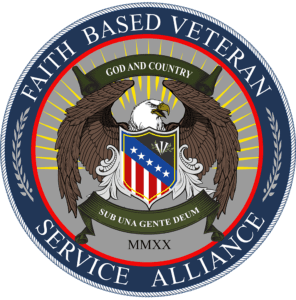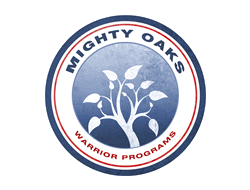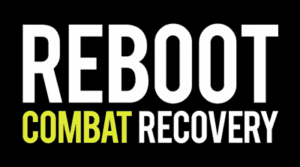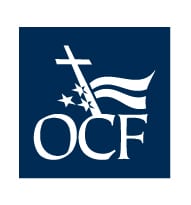The following excerpts come from Beyond Trauma by Dean Bonura.
…
Confession and PTS
Confession is an important concept for addressing the spiritual injuries of PTS. Research indicates victims of PTS deeply desire freedom from real or perceived guilt.8 “Making a confession” or “coming clean” with God about one’s guilt is the means for addressing wartime violations or victim blame. It serves as the portal to forgiveness and reconciliation with God as well as others.
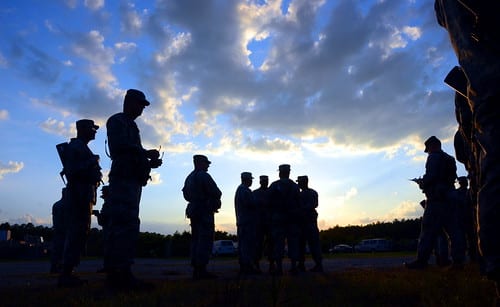 Scripture is replete with examples of those who confessed their sins to God or to a priest representing the people to God, and who confessed the people’s sins to God. Job, Moses, Samuel, David, Ezra, Nehemiah, and Daniel are just a few of these examples. We all bear the burden of guilt for our sins. Through confession, we enter into a right relationship with God, enjoying the benefits of forgiveness.
Scripture is replete with examples of those who confessed their sins to God or to a priest representing the people to God, and who confessed the people’s sins to God. Job, Moses, Samuel, David, Ezra, Nehemiah, and Daniel are just a few of these examples. We all bear the burden of guilt for our sins. Through confession, we enter into a right relationship with God, enjoying the benefits of forgiveness.
In Psalm 51, David records his confession of sin and guilt before God. The confession refers to the sin of adultery that he committed with Bathsheba and to the sin of murder that he committed against Uriah, her husband (2 Sam. 11:1–12:25). It is one of the most eloquent expressions of remorse and contrition in the Bible. Considering it provides insight into the nature of confession and how it leads to restoration.
…
The Use of Forgiveness as a Therapeutic Tool
Researchers have examined the use of forgiveness as a therapeutic tool to enable victims to transform the wounds of trauma.20 The majority of research indicates forgiveness is very important and even a critical element for personal healing.21 Learning to forgive reduces stress, diffuses anger, removes anxiety, and builds confidence and hope.22
When people, particularly veterans who’ve been mistreated or tortured, grant forgiveness to their enemies, new opportunities emerge.23 The stories of Gordon and Zamperini are just two examples among many others in which people who have decided to forgive their enemies learn to finally put an end to the constant, intrusive cycle of trauma that holds them captive to their symptoms, especially issues with anger, grief, and revenge.24
Feelings of entrapment, anger, and hate and desires for revenge are all normal emotions experienced by veterans or by anyone who has been offended or mistreated. For the veteran, deeply traumatized by acts of war, his decision to forgive his enemy begins by facing the reality of the trauma and recognizing its debilitating effects. He comes to understand that withholding forgiveness is not worth the cost. He realizes that failing to forgive grants more power to the perpetrator. But even contemplating forgiveness requires conditions in which the victim feels safe and has gained some sense of control. Below, we’ll look at how forgiveness works.
The Process of Forgiveness
Forgiveness is a personal choice that is done for the benefit of the sufferer. It is a personal act that requires abandoning resentment and one’s right to judgment. It is nurtured by the exercise of compassion and unconditional love.25
Choosing to forgive is to enter into a process of spiritual development that promises a movement beyond the traumatic event. Forgiveness ignores neither the severity of the experience nor the guilt of the perpetrator.
…
The Act of Forgiveness
The act of forgiveness never excuses the crime or minimizes the offense. It breaks the victim’s sense of isolation and victimization and creates new patterns of interaction. It offers the potential for change and the chance to start over.
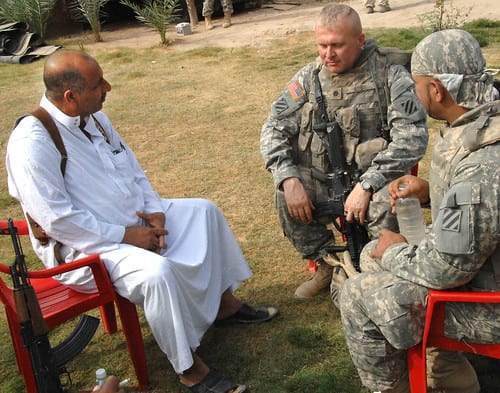 Those who choose to forgive, despite painful experiences, enjoy unimaginable healing and peace in the end.27 Scarlett Lewis lost her son, Jesse, a first-grader at the Sandy Hook Elementary School in Newtown, Connecticut, in 2012. The following year she published a personal account of the Sandy Hook massacre. She expressed her reasons why she thought she could forgive the boy who killed her son and hoping that something good might come from such an awful tragedy.28
Those who choose to forgive, despite painful experiences, enjoy unimaginable healing and peace in the end.27 Scarlett Lewis lost her son, Jesse, a first-grader at the Sandy Hook Elementary School in Newtown, Connecticut, in 2012. The following year she published a personal account of the Sandy Hook massacre. She expressed her reasons why she thought she could forgive the boy who killed her son and hoping that something good might come from such an awful tragedy.28
According to Frederic Luskin, director of the research-based Stanford Forgiveness Project and author of the book Forgive for Good, choosing to forgive in instances of tragic loss such as Scarlett’s is a natural step toward recovery and healing. It takes the pain away.29
…
These excerpts pulled from Beyond Trauma by Dean Bonura.
8. Tick, War and the Soul; Dewey, War and Redemption.
20. Martin Marty, “The Ethos of Christian Forgiveness,” in Dimensions of Forgiveness: Psychological Research and Theological Perspectives, ed. E. Worthington (Radnor, PA: Templeton Foundation Press, 1998), 9–28; M. McCullough, J. Exline, and R. Baumeister, “An Annotated Bibliography of Research on Forgiveness and Related Concepts” in Dimensions of Forgiveness; R. Enright and R. Fitzgibbons, Helping Clients Forgive: An Empirical Guide for Resolving Anger and Restoring Hope (Washington, DC: APA, 2000); Terri-Ann Legaree, Jean Turner, and Susan Lollis, “Forgiveness and Therapy: A Critical Review of Conceptualizations, Practices, and Values Found in the Literature,” Journal of Marital and Family Therapy 33, no. 2 (2007): 192–213.
21. Legaree et al., “Forgiveness and Therapy.”
22. Ibid.
23. Finch, “Trauma and Forgiveness.”
24. Ibid.
25. As cited in Finch, “Trauma and Forgiveness.”
26. Legaree et al., “Forgiveness and Therapy.”
27. Finch, “Trauma and Forgiveness,” 30. See B. Greenfield, “Parents Forgive Driver Two Weeks After She Killed Their Daughters,” November 5, 2013, accessed November 10, 2014, https://shine.yahoo.com/parenting/parents-forgive-driver-two-weeks-after-she-killed-their-daughters-201733075.html.
28. Greenfield, “Parents Forgive.”
29. Ibid.; Fred Luskin, Forgive for Good: A Proven Prescription of Health and Happiness (New York: Harper SanFrancisco, 2002).
Photos:
Truck talk by the U.S. Army. Licensed under CC BY 2.0.
iraq by the U.S. Army. Licensed under CC BY 2.0.




